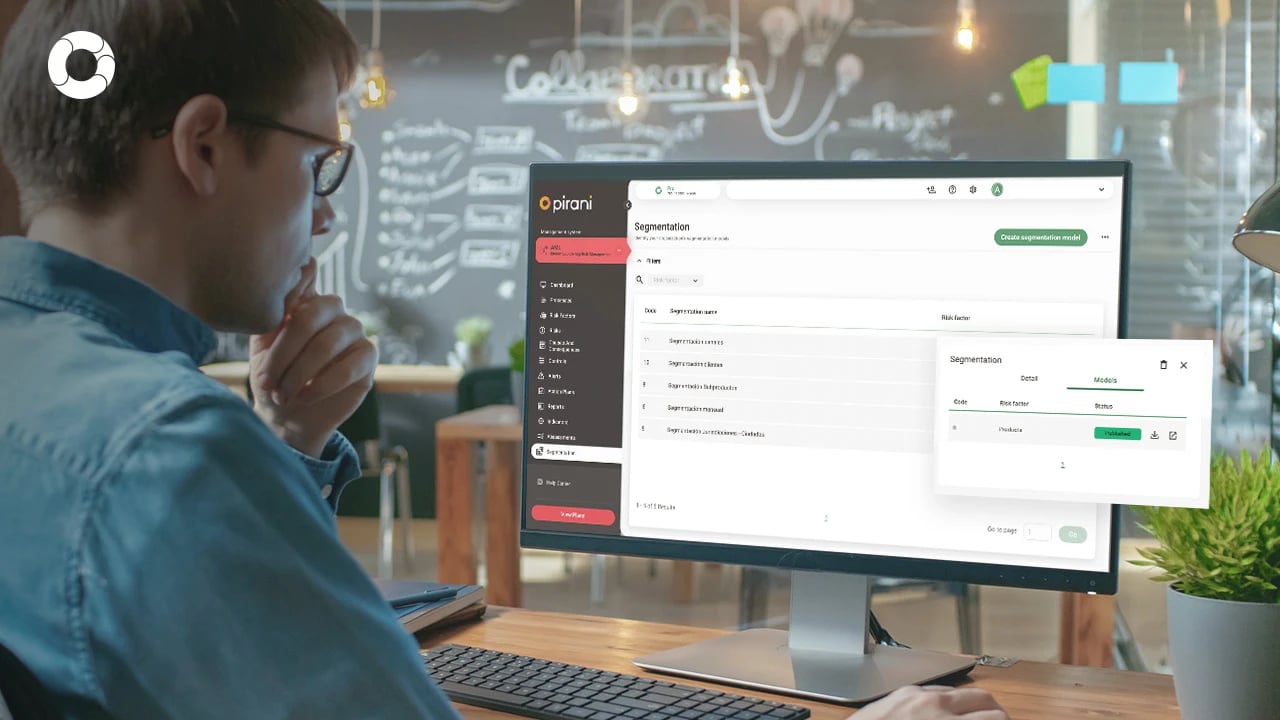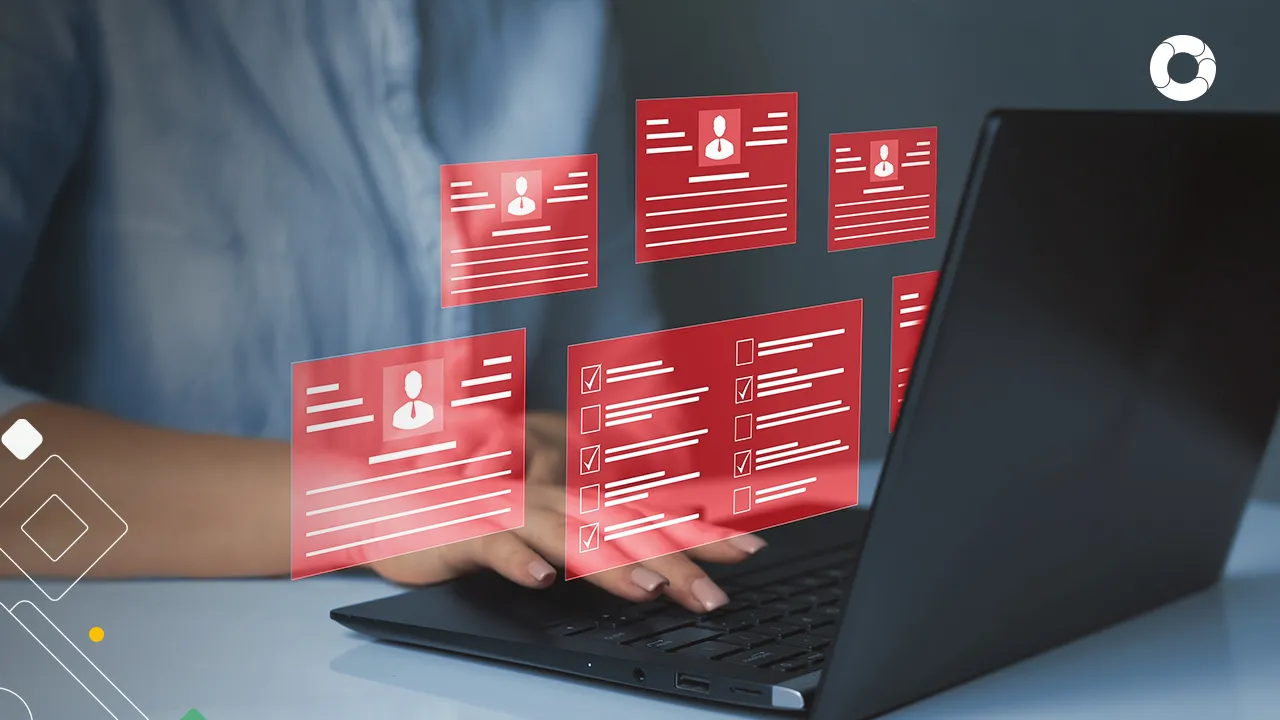Anti-Money Laundering Solutions: How to Make the Correct Segmentation for Money Laundering

Money laundering is a continuous risk for business organizations, which requires them to be attentive to every detail of their business operations. According to the UN, $2 trillion is laundered yearly. The consequences for companies are criminal charges, severe financial losses, reputational damage that prevents customers from trusting them, and, in the worst case, their definitive exit from the market. How can this risk be prevented?
It is necessary to apply the correct risk management techniques, such as segmentation, that allow them to have greater control and visibility in real-time of their financial processes.
Read on and learn how to segment risk factors individually, what they are for, their advantages, and how they can be the key to making informed decisions to protect your organization.
Let's do it!
What is segmentation as a risk management strategy?
Segmentation is the strategy of grouping or classifying the elements in the financial operations carried out by a business organization to detect or identify those that are unusual and that may result in the legitimization of capital.
Its objective is that the companies know the framework and the variables in which their operations usually develop. By implementing an efficient statistical methodology of analysis and control, companies can identify and divide each one of the risk factors, such as customers, suppliers, products, channels of incorporation, areas of negotiation, etc.
In this way, by segmenting the risk factors, the company can recognize the typical characteristics of the operations to be carried out and compare them with others already carried out to detect irregularities.
Pro tip: there is anti-money laundering software such as Pirani, which are computerized risk management tools that can simplify the analysis of variables and provide greater transparency in their operations for companies.
Anti-money laundering risk factors segmentation
To segment the risk factors to prevent money laundering, the organization must define the most relevant elements within its transactions to avoid entering money from illicit acts, such as selling drugs, smuggling, theft, fraud, etc.
To segment or categorize these risk factors, it is first necessary to consider who acts, what they do, and where they do it in each financial operation. From there, the elements begin to be broken down and grouped.
Keep reading!
Customers
This category includes all variables related to the customer. Based on a KYC (know your customers) methodology, it is a verification of the identity of a new client based on the regulatory methods of the area where it operates; identification documents are required to give certainty about who it is to open an account or perform an operation.
Ideally, each company, based on a client's profile, should be able to score the client's risk level for the company. To calculate a client's score, companies need to evaluate the client's previous activities, which allows the client to sketch how they perform their financial operations.
Pro tip: It is not possible to know in depth all the actions of a client, but certain elements can give warning signals or are red flags about suspicious activities, for example, if a client modifies his contact information or has connections from another country, transfers significant amounts to tax havens, etc.
Onboarding channels
Most customers currently perform the onboarding process online, so the verification of their identity could be complex without accurate identity verification means such as biometric recognition and double authentication, which could increase the risk potential. This risk is heightened when the customer is another company that has a customer base of its own.
Commercial relationship
In the case of new customers, the level of uncertainty is higher compared to those with whom there are already continuous and long-standing relationships, who use and consume the products and services of the business organization.
Origin of assets
In this case, it is necessary to examine the source of the client's wealth by reviewing the client's work experience, type of career, and position and measuring whether the client has a reasonable or verifiable amount of assets.
Let's see what the next category includes!
Activities
This category of products and services includes all those activities that the client may perform, and that could represent a money laundering risk. In this case, we refer to how he acquires and uses products, i.e., the account or instrument and services, the activity performed, and what is his typical behavior to establish common behavior patterns and detect those changes that may be suspicious.
Some certain products and services could be easy means for money laundering, such as bank transfers, cash withdrawals, deposits, etc. Therefore, the organization must be attentive to the type of operation performed, the frequency and amount, and the place where it is completed to establish a usual activity pattern.
Location
This category groups together the zones, cities, or countries where a client regularly operates, where it maintains its commercial relations, where it is located, where it makes purchases, payments, transfers, whether it makes imports or exports, etc.
Companies must rely on a dynamic model, a statistical methodology for customer scoring that advance as the organization's relationship with the customer progresses.

How to speed the segmentation process: anti-money laundering software
The segmentation and monitoring of risk factors can be a complex, demanding task for the company, as it requires continuous attention to perform it diligently and be able to discover suspicious patterns or activities in time and finally mitigate the risk.
To this end, software solutions such as Pirani can help you incorporate statistical methodologies for segmentation, control, and mitigation of money laundering risk factors. This powerful risk management tool offers anti-money laundering software, which allows for building an easy, transparent, and logical risk scoring and classification model, adapted to the needs of each company.
Implementing the proper risk management techniques helps to create and keep an appropriate record of risk factors, including justifying the existence of each category. In addition, it allows each customer's information and score to be updated in real-time as their relationship evolves and to examine unexpected changes in behavior or activity.
Conclusion
Segmentation is an efficient risk management strategy for monitoring financial operations, allowing the organization to track customer behavior in real time. Solutions like Pirani help captures, aggregate, and analyze customer data and detect potential threats. Its intuitive interface lets all members see alerts and red flags of potential hazards, helping companies focus on their business.
Want to know more about Pirani? Have you tried other anti-money laundering solutions?
Let us know in the comments!
You May Also Like
These Related Stories

How to identify the risk of money laundering in companies?

Consequences of money laundering for businesses

Top U.S. Money Laundering Cases and Avoiding AML Risks

What are the methods for money laundering?

Learn how money laundering networks operate


No Comments Yet
Let us know what you think